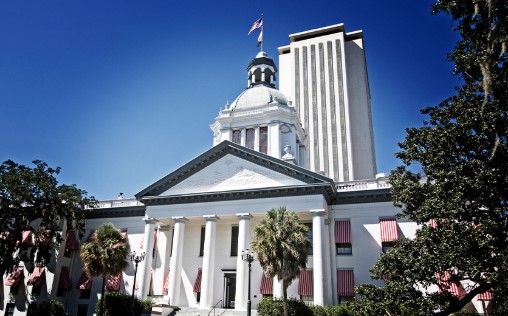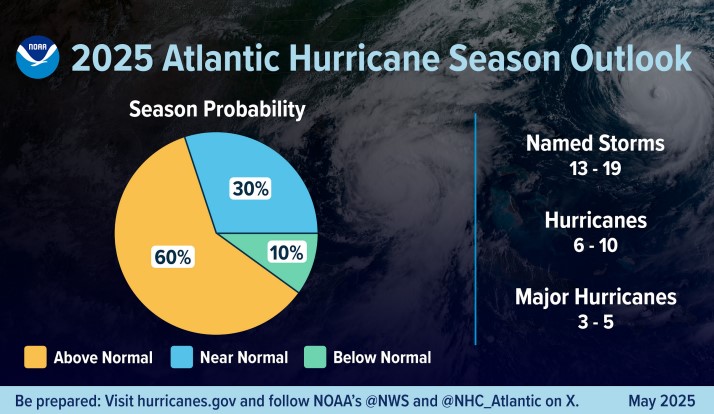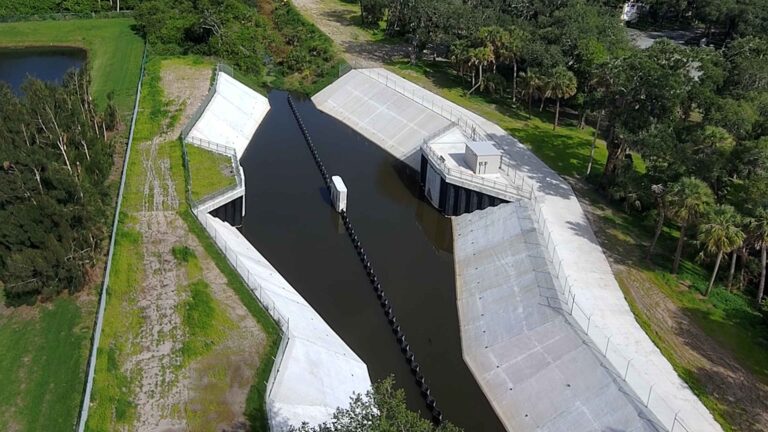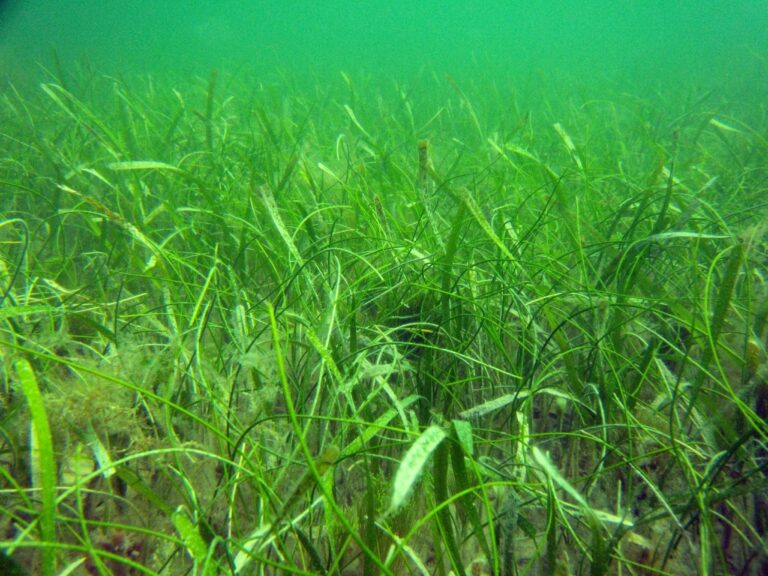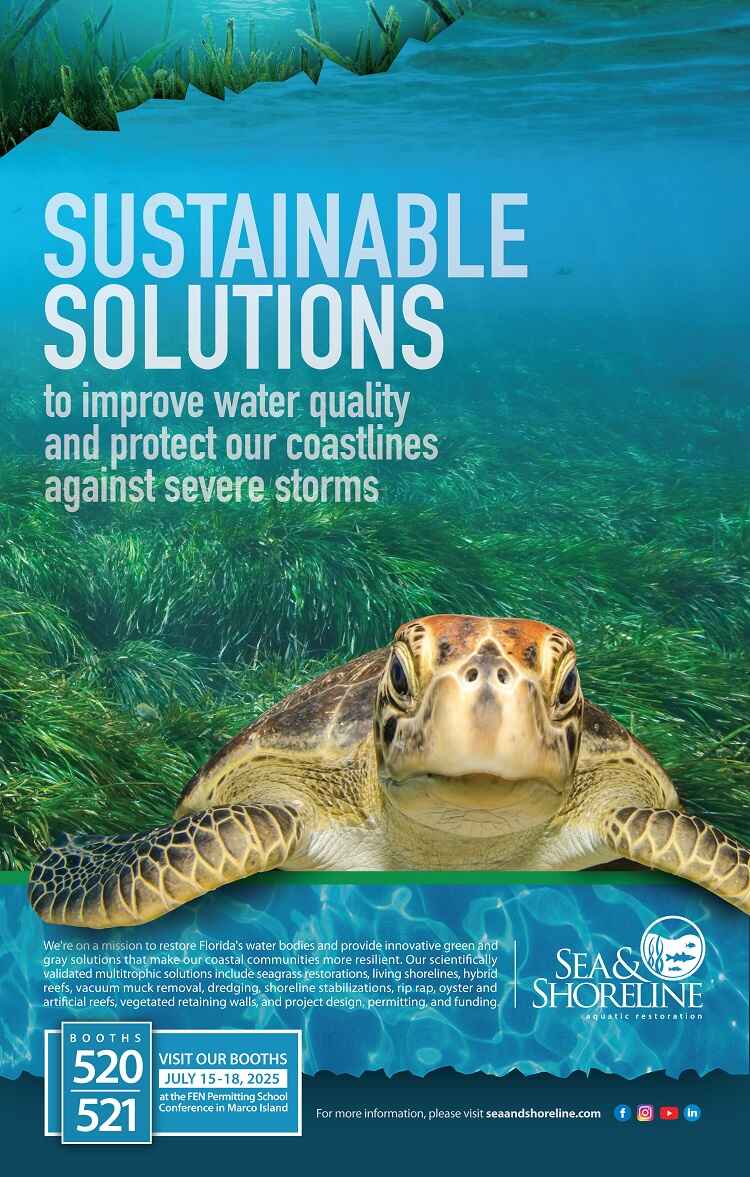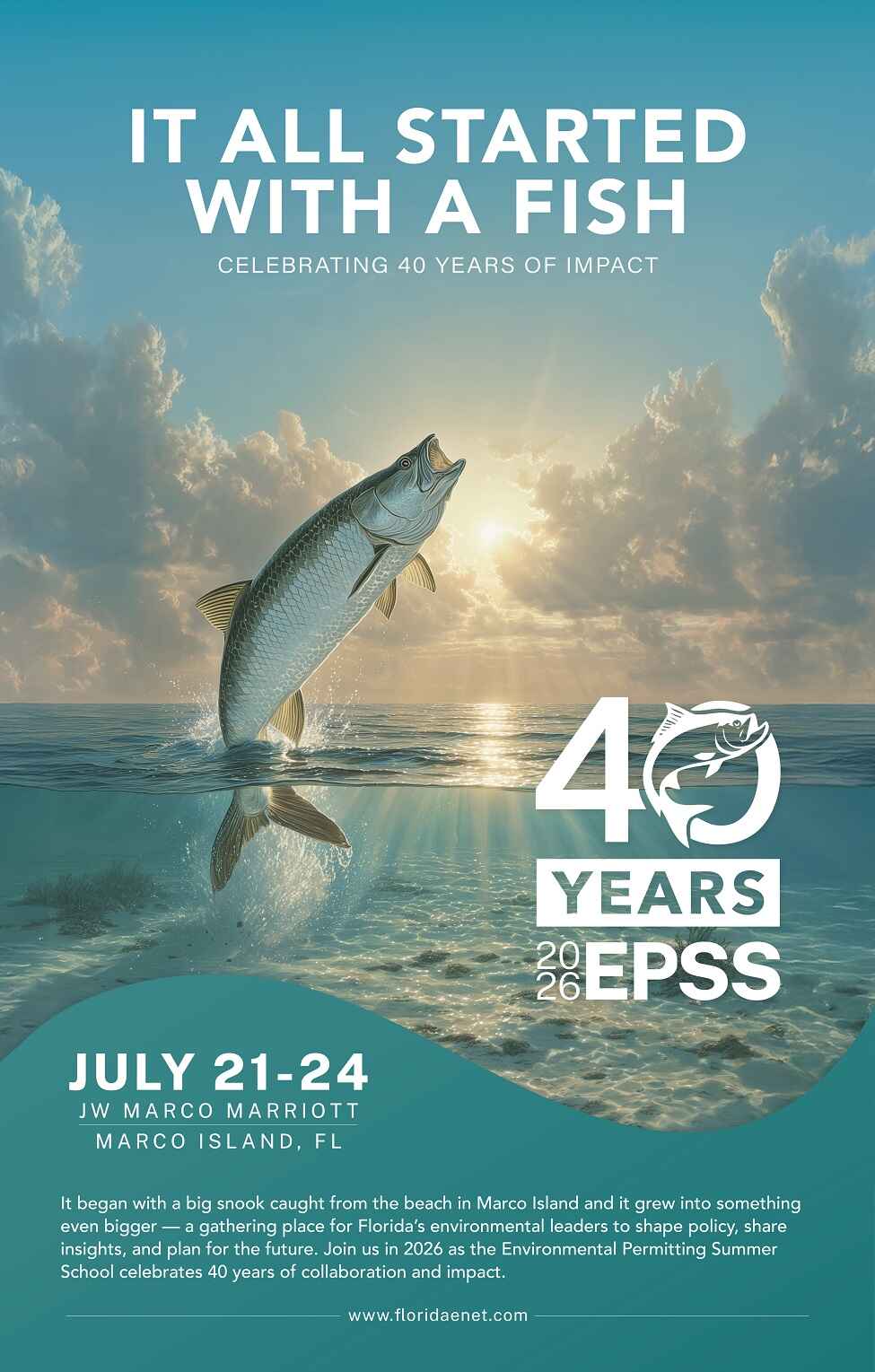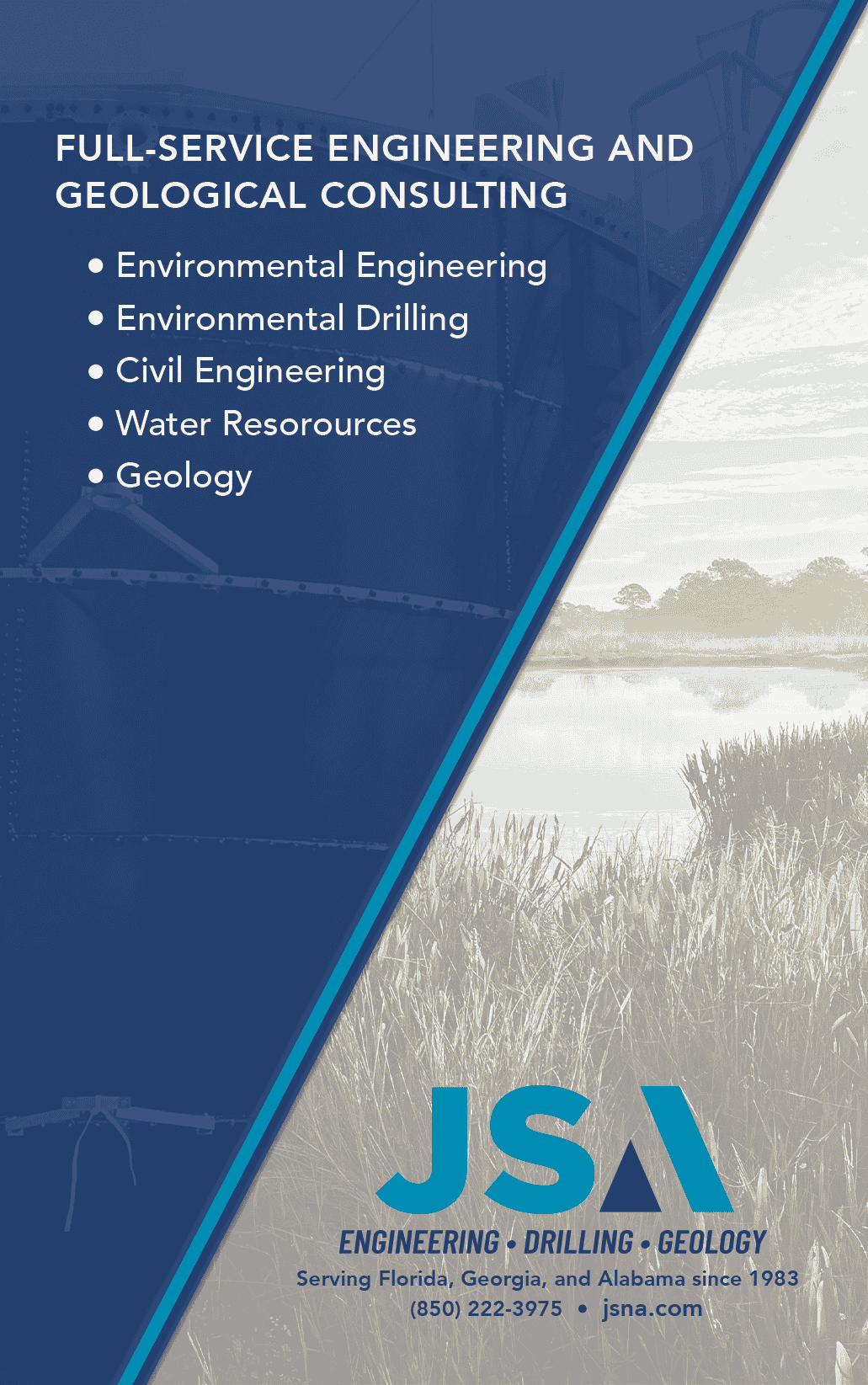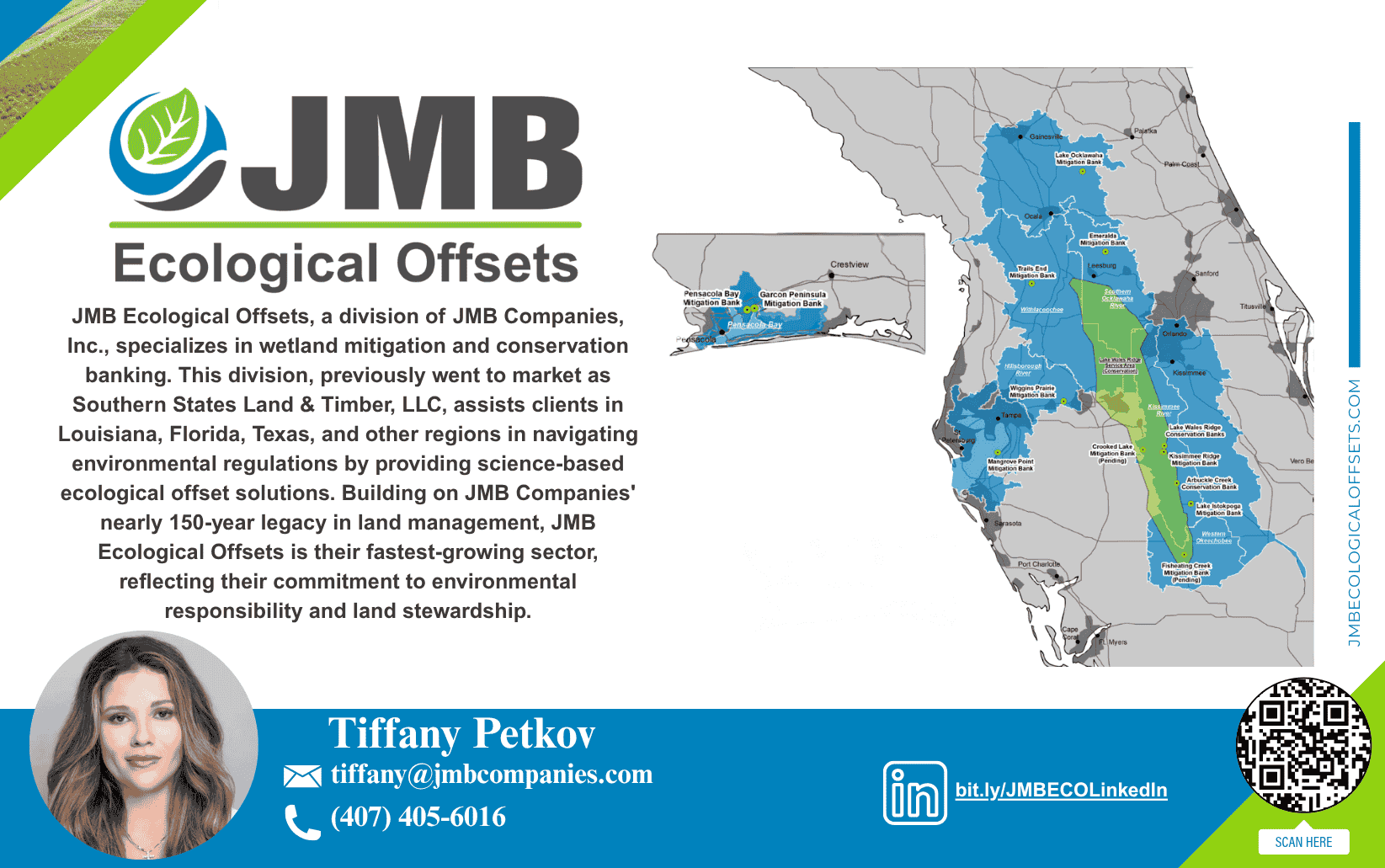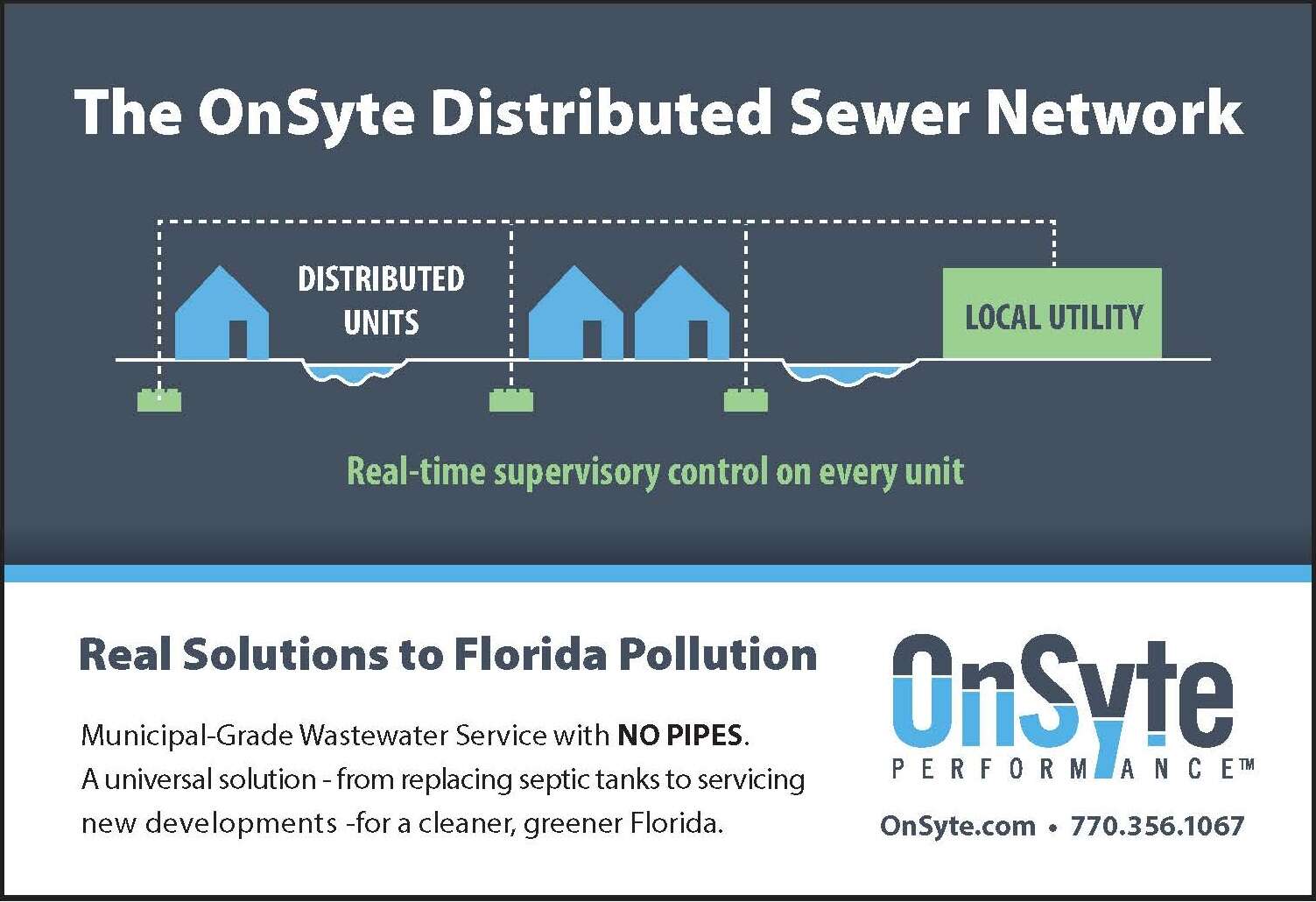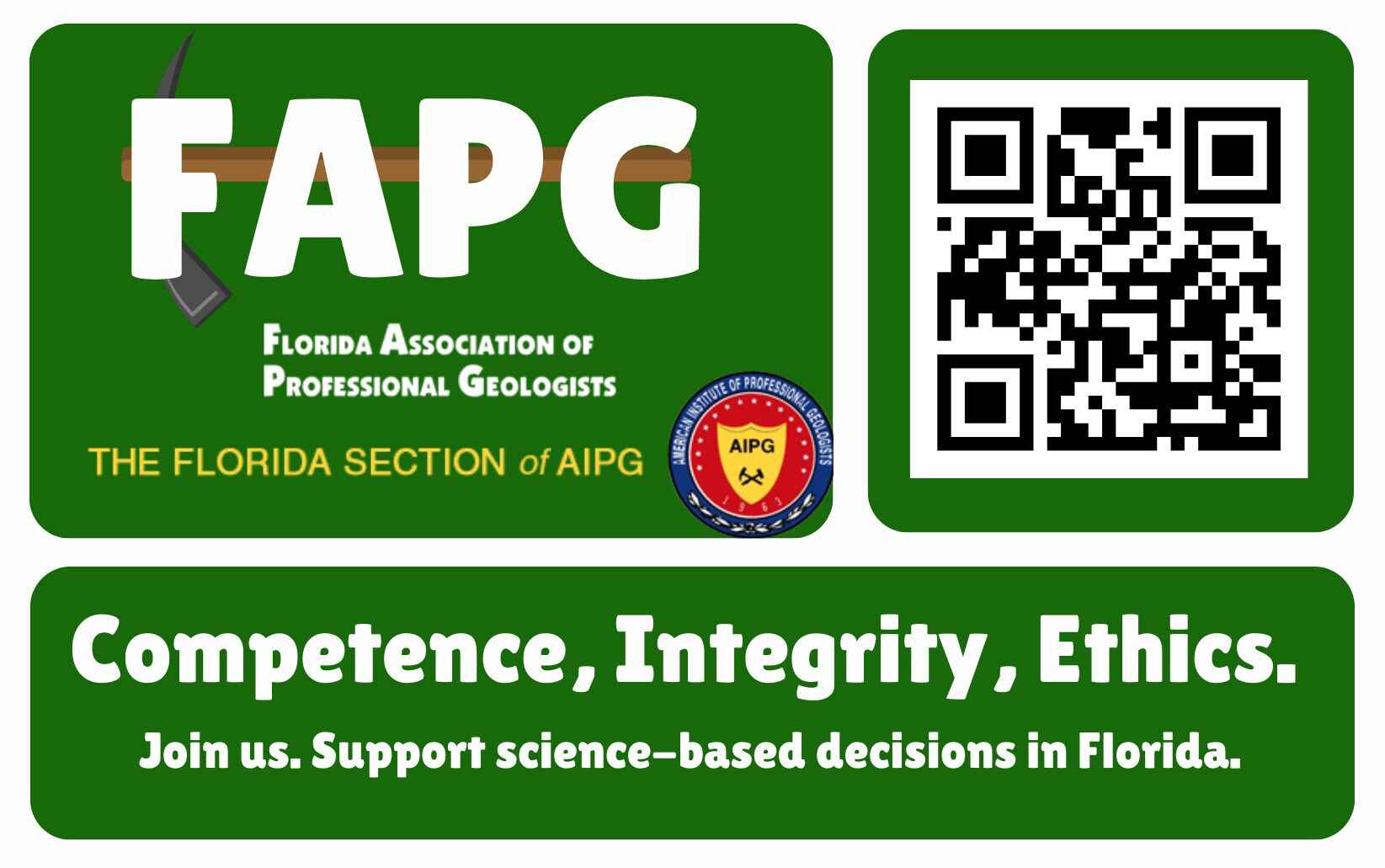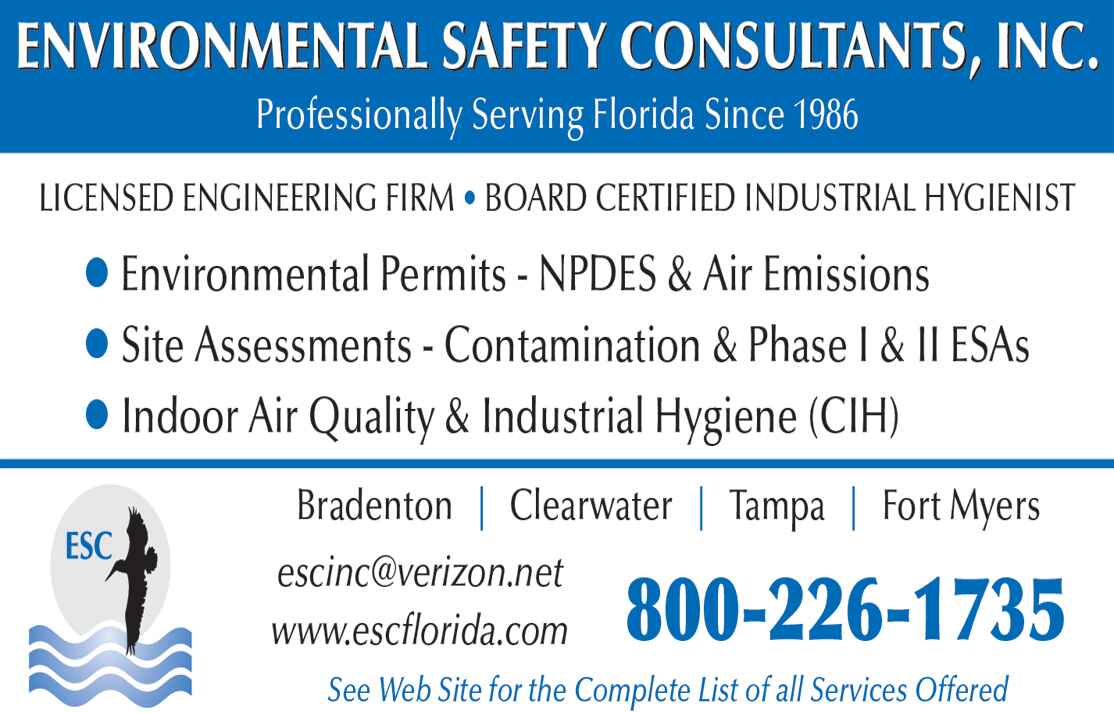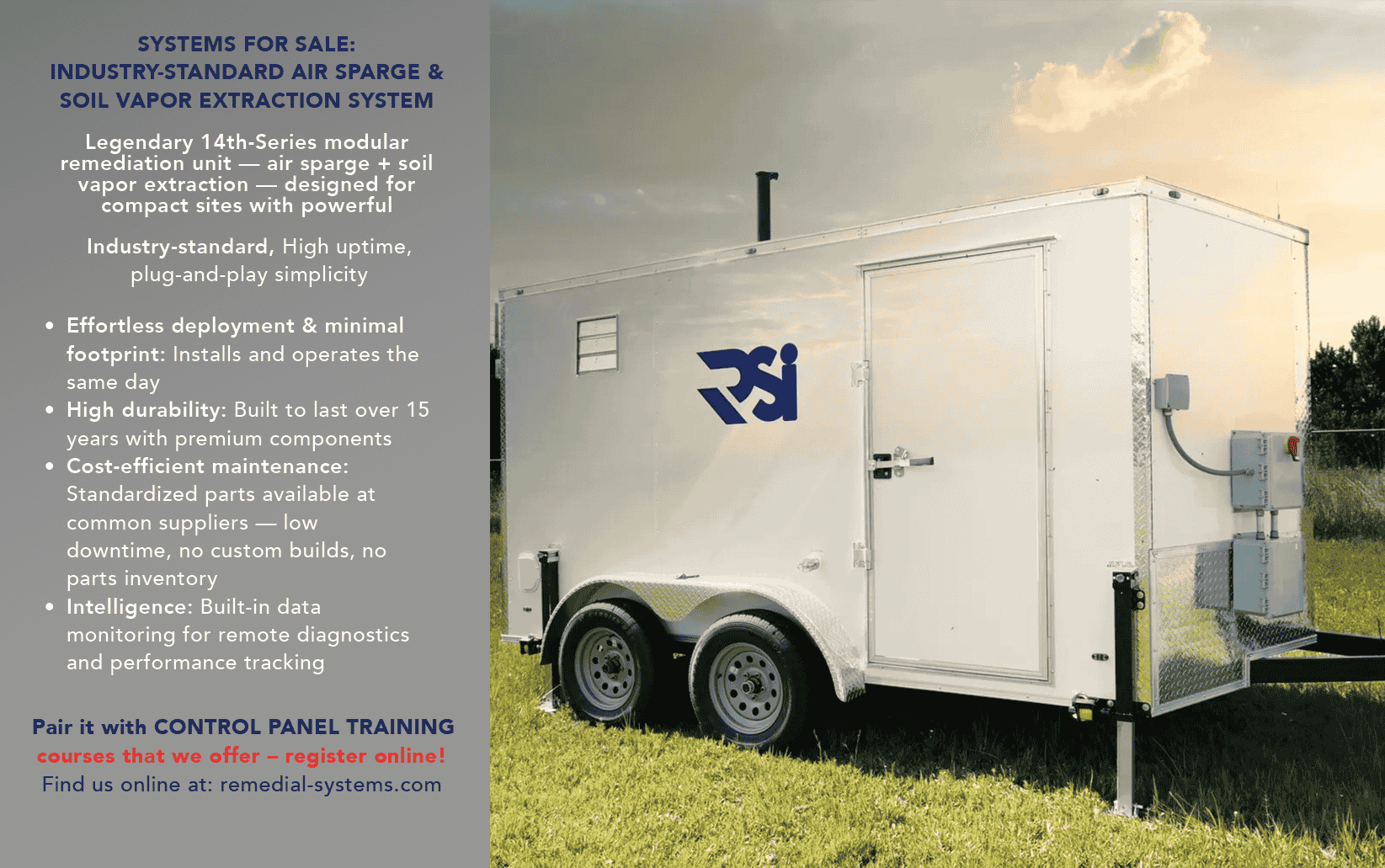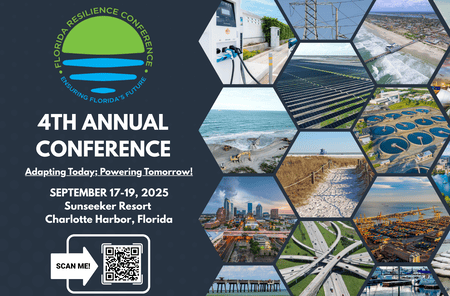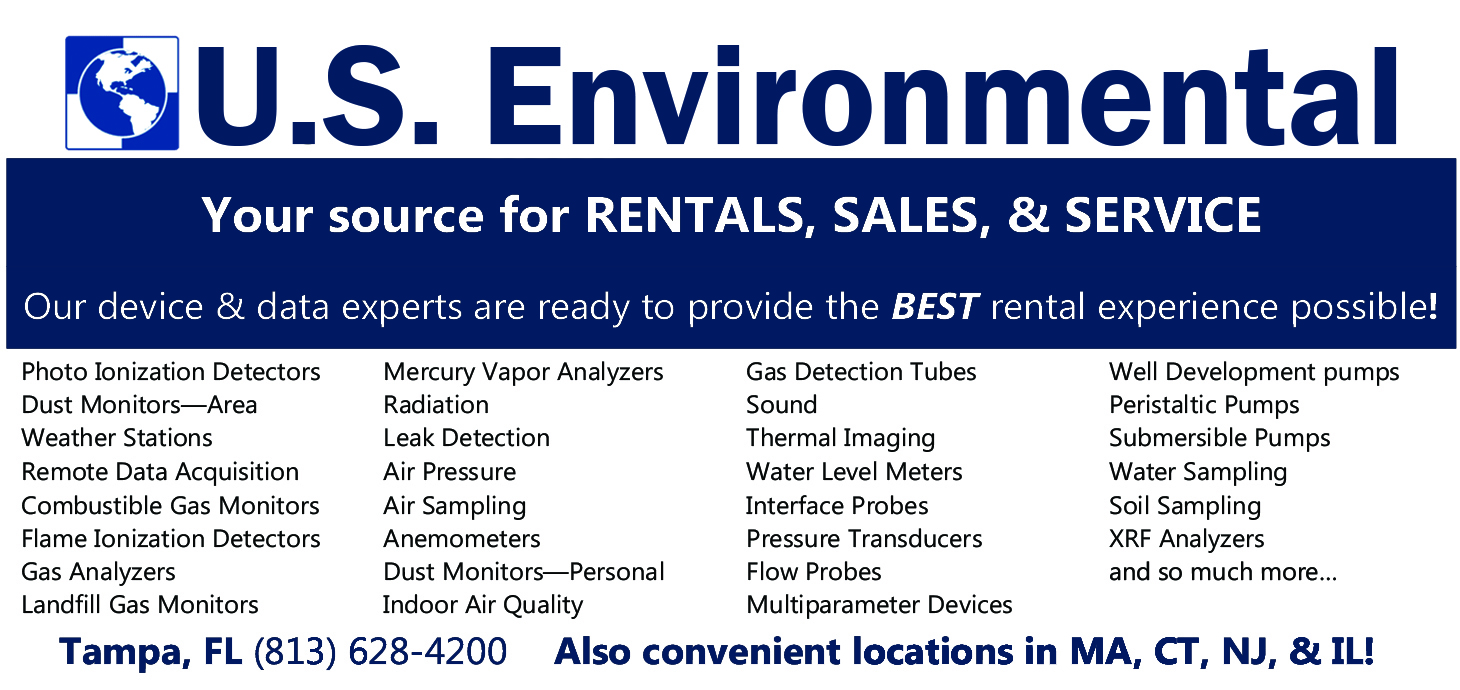By FREDERICK L. ASCHAUER JR. and KATHERINE L. HUPP
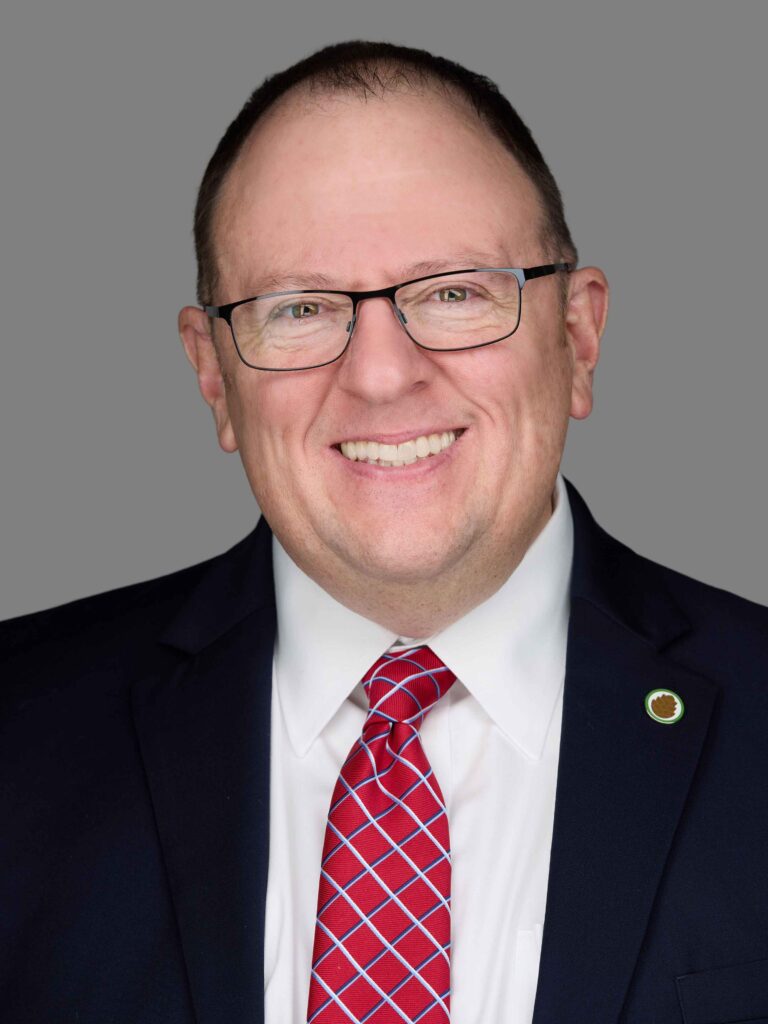
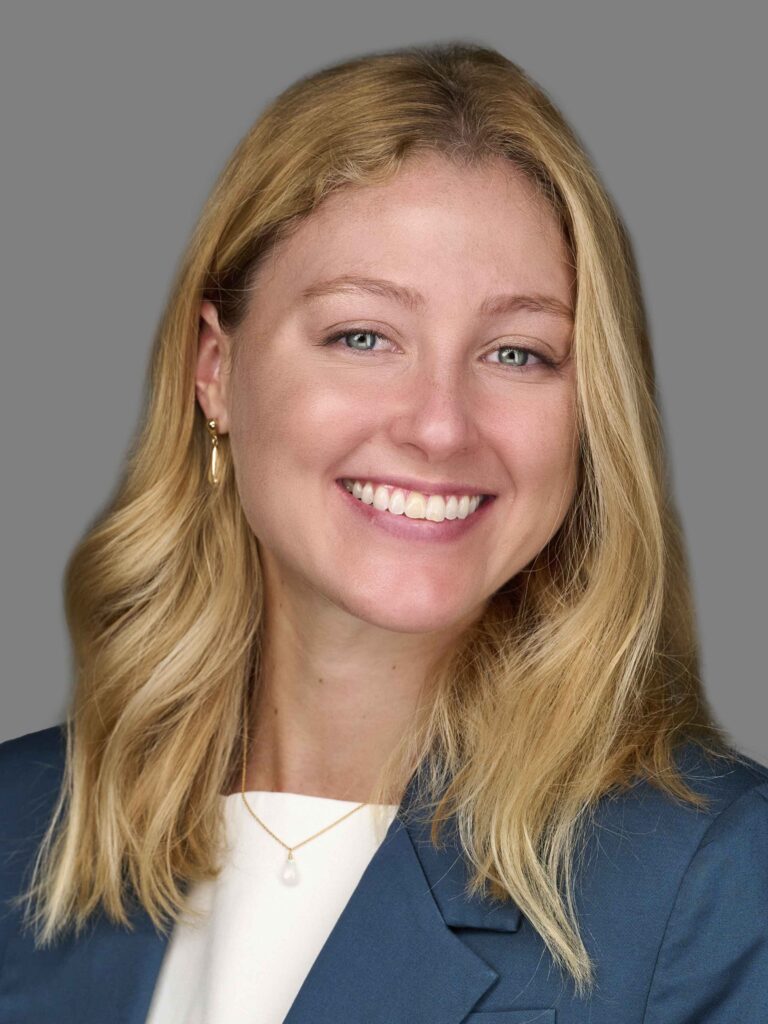
In the last five years, the U.S. Supreme Court has reshaped the landscape of the Clean Water Act (CWA), issuing three major rulings that narrow, define, and realign its previous interpretations. These cases — County of Maui v. Hawaii Wildlife Fund (2020), Sackett v. EPA (2023), and City and County of San Francisco v. EPA (2025) — not only address key ambiguities in the statute but also highlight a growing judicial trend toward textualism and administrative constraint.
This article traces the evolution of the Clean Water Act through the lens of these decisions and explores the practical and regulatory implications for municipalities, developers, and other interested stakeholders.
County of Maui v. Hawaii Wildlife Fund (2020): Defining “Functional Equivalent”
The Clean Water Act prohibits the discharge of pollutants from a point source into “navigable waters”—defined as “waters of the United States” (WOTUS) — without a National Pollutant Discharge Elimination System (NPDES) permit. However, what happens when pollutants travel through groundwater before reaching navigable waters?
This was the crux of County of Maui v. Hawaii Wildlife Fund, where the County had injected treated wastewater into underground wells, which eventually discharged into the Pacific Ocean. The County argued that since the pollutants traveled through groundwater — a non-point source—no NPDES permit was required.
The Supreme Court rejected this narrow reading, holding that a permit is required when there is the “functional equivalent of a direct discharge.” To help clarify this new standard, the Court offered seven non-exhaustive factors:
- Transit time
- Distance traveled
- Nature of the material through which the pollutant travels
- Dilution or chemical changes
- Amount of pollutant entering navigable waters
- Manner of entry
- Identity of the pollutant upon entry
While the Court declined to draw bright lines, it sent the case back to the lower courts for further proceedings. The EPA later issued draft guidance, highlighting that time and distance are the most important factors — but notably excluded permit exemptions based on intent or the presence of state groundwater protection programs.
This decision imposes a fact-intensive, case-by-case approach, requiring regulated entities to consider whether indirect discharges may be regulated under the CWA. Operators of facilities near waterbodies must carefully assess whether an NPDES permit is required for activities.
Sackett v. EPA (2023): Narrowing the Definition of “Waters of the United States”
Three years after Maui, a new Court, with Justice Amy Coney Barrett replacing Ruth Bader Ginsburg and Justice Ketanji Jackson replacing Justice Breyer, constrained the CWA’s reach in Sackett v. EPA. At issue was whether the EPA could regulate wetlands as “waters of the United States” on the Sackett family’s property in Idaho, which had no direct surface connection to Priest Lake, but was hydrologically linked via subsurface flow.
The Court ruled decisively against the EPA, holding that the CWA extends only to wetlands that are “as a practical matter indistinguishable from waters of the United States.” Specifically, to be jurisdictional, wetlands must:
- Abut a relatively permanent body of water connected to traditional navigable waters, and
- Have a continuous surface connection, making it difficult to tell where the water ends and the wetland begins.
This ruling overturned the broader “significant nexus” test that had been used by the agencies since Rapanos v. United States (2006), drastically limiting federal regulatory reach.
In addition, the majority in Sackett quoted Justice Antonin Scalia’s plurality decision in Rapanos to say that “the CWA’s use of ‘waters’ encompasses only those relatively permanent, standing, or continuously flowing bodies of water forming geographic features described in ordinary parlance as streams, oceans, rivers and lakes.” Sackett v. EPA, 598 U.S. 651, 671 (2023).
The ruling emphasized textual clarity over environmental protection goals and placed the burden on Congress, not agencies, to expand jurisdiction. In response, EPA and the U.S. Army Corps of Engineers issued a March 2025 memo interpreting Sackett to mean that wetlands must now abut relatively permanent waters to qualify as jurisdictional — seemingly further sidelining many isolated wetlands from federal protection.
Nevertheless, the issue of jurisdictional wetlands is not as cut and dry as initially anticipated after Sackett. In Florida, due to a preliminary injunction of the Biden administration WOTUS rule, the agencies are currently applying what is called the “pre-2015 regulatory regime, as modified by Sackett.” Despite the further narrowing by the March 2025 memorandum, the agencies are interpreting the pre-2015 regulatory guidance on “adjacent wetlands” to include more wetlands than what may have been contemplated in Sackett. Under this framework,
- Wetlands connected to other wetlands through non-jurisdictional features (like ditches or culverts) may still be jurisdictional if the connected wetland ultimately abuts a relatively permanent water. See Joint Decision Memos for NWO-2003-60436, LRB-2021-01386 and SAS-2001-13740.
- Per Sackett, it would seem only features like creeks, streams, rivers, or lakes may be what Congress contemplated as proper “waters” in the CWA. However, the agencies continue to consider man-made features—such as canals or ditches—as relatively permanent waters if they exhibit certain flow characteristics and an ordinary high-water mark.
As a result of these interpretations of what could constitute an “adjacent wetland” and “relatively permanent water”, the March 2025 guidance appears to be somewhat diluted.
Sackett definitely represents a narrowing in what is considered WOTUS. However, the current agency interpretations of Sackett leave remaining ambiguities — such as the meaning of “continuous surface connection” and “relatively permanent water.” The agencies recently closed a docket under which they solicited public comment regarding the definition of WOTUS. Regulated entities will need to await further administrative action for further clarity on a broad scale. In the meantime, the agencies are treating each project case-by-case to determine jurisdiction based on the pre-2015 regulatory regime.
City and County of San Francisco v. EPA (2025): Reinforcing the Permit Shield
Most recently, the Court revisited the scope of EPA’s authority under the NPDES permitting framework in City and County of San Francisco v. EPA. San Francisco’s two combined wastewater treatment facilities discharge during heavy rain events. Although the City had long operated under NPDES permits without issue, the EPA issued a new permit in 2019 with two controversial conditions:
- A prohibition on any discharge that “contributes to a violation” of applicable water quality standards; and
- A ban on any discharge that creates “pollution, contamination, or nuisance” under California law.
San Francisco challenged these vague “end-result” obligations, arguing they exceeded EPA authority and failed to give the City clear guidance. In a 5–4 decision, the Court agreed, holding that EPA cannot impose open-ended obligations without articulating specific, externally imposed limitations. The majority opinion clarified that, “A limitation must restrict the permittee’s actions from without, not impose an obligation whose content the permittee must guess at.”
The Court emphasized the role of the permit shield provision under §402(k) of the CWA, which protects permit holders from enforcement actions as long as they comply with all permit conditions. The implication: if EPA wants to enforce a result, it must clearly prescribe the actions required to achieve it.
This decision demands more specificity in NPDES permits and is likely to limit the EPA’s use of narrative or outcome-based permit conditions. While it doesn’t eliminate narrative standards entirely, it requires that such standards translate into actionable, defined tasks—placing a heavier burden on EPA during the permitting process.
Emerging Themes: Textualism, Certainty, and Federalism
Across all three cases, the Court shows a clear trend: limiting regulatory overreach, enforcing textual clarity, and favoring regulated parties’ need for certainty. These rulings signal to agencies that policymaking through flexible or expansive interpretation will face increased scrutiny.
- In Maui, the Court embraced a middle-ground test, trying to preserve the statute’s intent while avoiding regulatory gaps.
- In Sackett, the Court firmly drew a line—wetlands must be physically connected to navigable waters.
- In San Francisco, the Court imposed procedural discipline on the EPA’s permitting authority, curbing vague enforcement.
Together, these decisions provide a narrower, more predictable scope of federal authority under the CWA, but at the cost of regulatory flexibility and possibly environmental comprehensiveness.
The Supreme Court’s recent rulings on the Clean Water Act —from Maui to San Francisco — mark a shift toward limiting federal environmental authority while demanding precision and fairness for the regulated community. These decisions reflect broader themes of textualism, federalism, and administrative accountability.
For clients navigating development, infrastructure, or municipal operations near wetlands or navigable waters, these decisions offer new opportunities — but also new uncertainties. As always, careful legal analysis and strategic engagement with permitting authorities remain essential in this shifting regulatory terrain.
Frederick Aschauer is a Shareholder in Tallahassee and Katherine Hupp is an Attorney in West Palm Beach for Lewis, Longman, Walker


